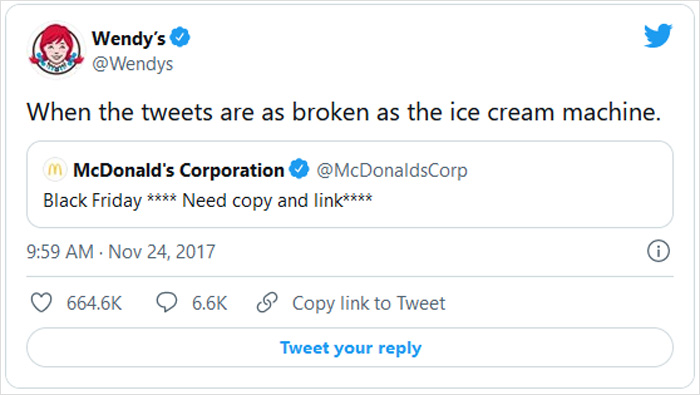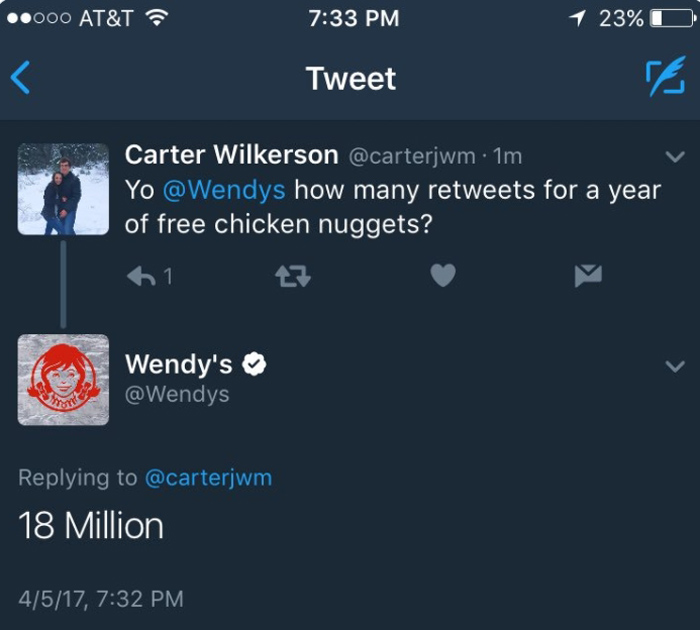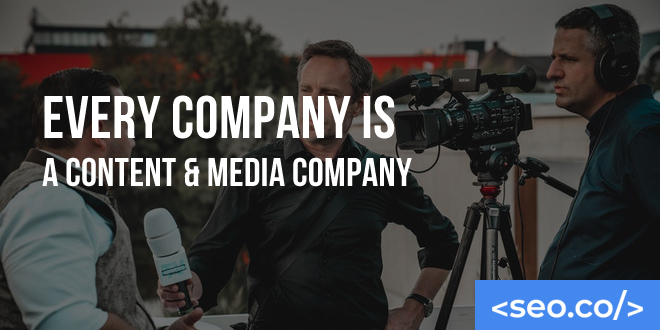Back in 2013, Gary Vaynerchuk declared that every business is a media company:
If you’re not putting out stories, you basically don’t exist.
In this article, we’ll explain what this prediction means and how it’s come true more and more.
First, let’s start with some basic observations of our current media landscape:
- The creation and distribution of media and content is becoming increasingly democratized. Anyone can start a blog with their computer or become a reporter with their smartphone.
- Humans are consuming record amounts of content. American adults spend over 11 hours per day listening to, watching, reading or generally interacting with media. And media consumption is rising among adolescents and children, too.
- At the same time, we live in an attention-scarce economy. People only have so much time, so they can only consume so much. Consumer attention is a high commodity.
- For brands, this means producing and distributing high-quality content on a regular basis is the only way to stay relevant. If you don’t, you’ll get beat out by those who do.
This is what is happening to media in a nutshell. As businesses adjust to the new attention economy, they find that they need to become media companies in addition to whatever product or service they sell.
This is a massive transformation affecting the entire globe.
If businesses want to survive, they’ll need to adapt. Successful brands already think of themselves as media companies.
And you should, too.
Table of Contents
The Fall of Traditional Media
In the past, major news and media outlets were the gatekeepers to getting your message out.
If you wanted to advertise your brand, you had to go through them. Not anymore.
These days, the barriers to entry have been destroyed.
With free publishing platforms like WordPress and Medium, anyone can start a blog.
And with free distribution platforms like YouTube and social media, anybody can post a picture or video that goes viral.
And it all takes literally zero money.
As a result, people care more about the quality of content and less about who wrote it or where it was published.
This means the only real cost of being relevant in today’s society is the content itself.
Unique content that adds value is the only way to set yourself apart.
So brands need to tell compelling stories.
It’s not enough to just be on social media. Your media strategy needs to be integral to your entire business strategy.
If senior leaders don’t adapt, they’ll be left behind.
They’ll be the next Kodak or Blockbuster, who failed to see the technological changes ahead of them.
Time spent per day with digital versus traditional media in the United States from 2011 to 2022 (in minutes)

Source: https://www.statista.com/statistics/565628/time-spent-digital-traditional-media-usa/
Modern Forms of Content and Media
So, which forms of media should you create and which platforms should you distribute them on?
Well, there’s a lot of options to choose from.
Let’s break them down:
Video
This is a popular medium because it’s easy for customers to digest, especially younger generations.
Young Americans watch online videos for nearly an hour a day.
Plus, videos are becoming increasingly easy to create and publish on platforms like YouTube.
Though many are wont to say content is king, in a lot of ways, video is king.
Written Content
Though writing is the most rudimentary form of content, it’s still massively powerful.
As the adage goes, the pen is mightier than the sword.
For example, you can use platforms like WordPress and Medium to blog alongside over 600 million others.
Or you can share infographics and longform content like case studies, white papers, and ebooks.
Newsletters are also a popular form of content writing — made easy through platforms like Substack and Ghost.
Podcasts
Podcasting is a rapidly growing phenomenon.
Right now, there are over 120 million podcast listeners in the US.
Part of the reason for the dramatic rise of podcasts in recent years is how convenient they are.
You can listen to them while doing other things, like driving or working out.
You can even speed them up to consume them faster.
For brands, this is a huge opportunity. Talk to customers about your product or to other experts about the industry.
The beauty of podcasts is that they require minimal set up and they can immediately be pushed to an active audience.
It’s just an added side benefit that podcasts are great for link building.
Just start recording natural conversations and you could be on your way to a profitable podcast in no time.
Social Media
Social Media is a goldmine for brand exposure. Over 70% of American adults use it.
But with the endless array of social media platforms, it can be hard to know where to start.
From Facebook to Twitter to Instagram to TikTok, you can quickly have your hands full trying to create content for each one.
So start small.
The most important thing is to connect with your target audience like a real person would.
The fast food chain Wendy’s does a phenomenal job at this.
They consistently put out funny content and reply to comments.

Source: https://twitter.com/wendys/status/934104301210828806
How to Conquer the Modern Content and Media Landscape
Once you know what content options are out there, you need to invest in a strategy.
We’re not talking about simply setting up a social media account or writing an occasional blog post.
To be successful, you need a serious and dedicated team.
Your brand’s content efforts need to be a core part of your business strategy.
Here are 5 steps to a successful media and content campaign:
1. Target Your Audience
Narrow down your audience as much as possible.
As media becomes increasingly fragmented among different platforms and user bases, you can segment your customers into smaller and more specific groups.
Take advantage of targeted advertising or partner with influencers in your niche.
Just know that the Federal Trade Commission (FTC) has rules for branded content.
That means your content shouldn’t hide its marketing agenda.
The content should be informative and educational, but it must be transparent.
2. Invest in High-Quality Premium Content
With the immense amount of content on the web, it’s more important than ever to stand out from the rest.
Whether you start a branded video series or a podcast or an online magazine, the key is to become a master storyteller.
Your content should inform, entertain, and inspire customers.
The best stories tell some form of the hero’s journey, whether that hero is the customer, the company, or the founder(s).
In other words, make your content a piece of highly creative art and then brand it subtly.
That’s the only way to succeed in today’s attention economy.
3. Use Content to Engage With Your Audience

Once your content is out there, use it to foster authentic conversations with your customers.
Try using it as a springboard for discussion on social media or for gathering feedback through online surveys.
You want your customers to see your brand as active and alive.
For example, someone tweeted out to Wendy’s in 2017 asking how many retweets it would take for him to earn free chicken nuggets for a year. Wendy’s responded with “18 million.” 3.6 million retweets later, the tweet became the most retweeted of the year, boosting the brand’s online exposure.
Successful content is reciprocal. In some cases, it doesn’t even need a major production budget. It’s the engagement that counts.
4. Take a Cross-Platform Approach to Distribution
Use a cross-platform approach to maximize returns.
This means syndicating or repurposing content across multiple channels or updating older content to match a new channel.
In addition to publishing it on your website, share it across LinkedIn, Facebook, Instagram, Twitter, and so forth. That way, your brand gets maximum exposure and engagement.
A cross-platform approach also helps protect your content. If you rely too heavily on one publishing platform, like Facebook, you give them control over how the content is spread and promoted.
If they go under, so does the impact of your content.
Instead, own your content by diversifying the channels through which you share it and always have it published on your own website first.
Partnering with SEO.co
Transforming into a media company isn’t easy.
But with the right know-how and persistence, you can elevate your brand in today’s new media landscape.
At SEO.co, our digital marketing experts know what it takes to create quality content that stands out and produces positive returns.
We’ve helped hundreds of clients from small local businesses to Fortune 500 enterprises scale to higher brand recognition.
And we can help you, too.
If you need help with your content marketing strategy, don’t hesitate to contact us today for a free consultation.
- How to Tell if an SEO Agency Is Trustworthy [in 5 Steps] - April 7, 2025
- Why Isn’t My Website Ranking on Google? [9 Reasons + Fixes] - April 2, 2025
- Why Your Google Rankings Dropped & How to Fix It - March 29, 2025



